How To Incorporate More Movement Into The Classroom
Active Play and Movement
Both parents and teachers know that one of the keys to a happy, healthy child is active play and movement.
But with the way that education is currently set up, most children do not get anywhere close to the amount of physical activity they need to put them in good stead for later life. Most educational activities involve academic, rather than physical learning. And this is leading to measurable declines in the strength, fitness and health of our children.
Playtime and recess are not mandatory for many school districts. Teachers, therefore, need to incorporate more movement in the classroom. But how? Let’s take a look.
#1. Mime The ABCs
Miming the ABCs is easy, it keeps children active in the classroom, and it helps them remember the alphabet. As a teacher, you’ll have to lead the hand movements, (which could be interesting for some letters).
#2. Give Children The Opportunity To Stand
Although it’s traditional to sit children down at rows of desks, sitting is correlated with a range of health conditions. Many modern workplaces now institute standing desks, so why not your school too? Standing helps to burn off extra energy, and it avoids that feeling of malaise that can follow being still for too long. Research also suggests that standing desks can improve students' body mass index (BMI).
Researchers found that 3rd and 4th grade students in Texas who used standing desks decreased their BMI by an average of 3 percent.
#3. Make Movement A Part Of Transitioning From One Lesson To Another
Rather than going straight from maths to English, you might want to try implementing transition exercise. Transition exercise could be anything, from running on the spot, to physically moving from one room to another between lessons, taking a detour along the way. Try a pack of the Animal Moves Junior Deck for interesting movements your kids can engage in while transitioning between classes.
#4. Learn Outside
Children can learn in all kinds of situations, including outside of the classroom. You can teach them about and move in the natural world as their playground or use it as a backdrop for art class.
#5. Make Spelling Active
You can make spelling more active and fun by having children stand up in a circle and then pass a ball to them when it’s their time to spell. And, of course, you don’t just have to use this game for spelling: you could use it for practically any learning activity that can be done standing up, including teaching times tables.
Active kids learn more! For instance, children with ADHD showed an immediate improvement on maths and reading performance, after they had completed 20 minutes of aerobic exercise, compared to 20 minutes of reading.
#6. Make Movement A Part Of The Routine
Exercise helps to get the blood flowing to the brain. So if you can implement an exercise routine first thing in the morning, you’ll be boosting your pupil’s ability to learn throughout the rest of the day. Movement could take any form, from play to drills to a session of exercise. The most important thing is that it happens and the kids enjoy themselves.
#7. Use The Whiteboard As A Relay Tool
The chalkboard is not just a tool for you to use to communicate information to a class of students, but also a tool that the students themselves can use. With a bit of imagination, you can turn your chalkboard into a prop for movement.
Split the children into two teams, giving each side something that serves as a baton (like a ruler). Then get both teams to stand at the back of the classroom. Decide on an activity, like writing down the names of animals that live in the sea, and then have each pupil from each team walk up to the chalkboard to write the name of the creature in their column.
RELATED POSTS:








